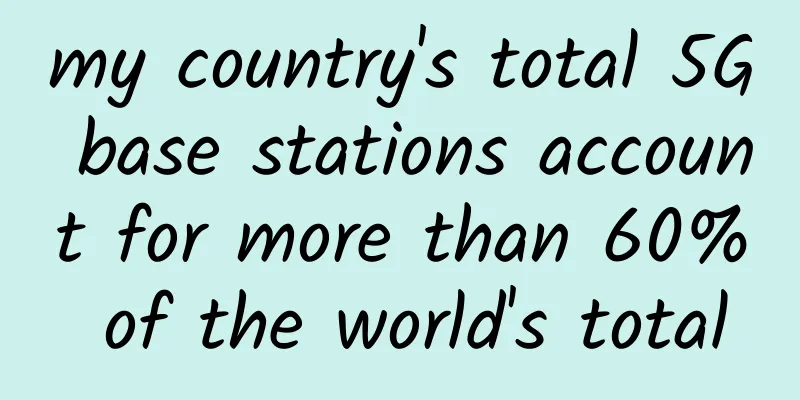What are the similarities between social concepts and the SDN model?

|
The social principle seems to have a strange connection with network engineering, design and software defined networking, perhaps as many people say a seemingly unrelated principle can often be applied in other scenarios. The principle of social subsidiarity has certain guiding significance for the use of network control planes and the design of SDN models.
The principle of subsidiarity is primarily a social and legal concept, defined by the Oxford English Dictionary as “the principle that central authorities should have a subsidiary function, controlling only those matters which cannot be controlled locally.” But the concept can be applied in other contexts. For example, when talking about SDN models and network design, it is best to remove its political and cultural colors and state this principle in a more general way as follows: The principle of subsidiarity is that decisions should be made as close as possible to the location of the information needed to make the decision. Network operation and ideal state In this regard, we can make some observations on how this principle can be applied to network engineering and SDN models. A network never has only one state; it has at least two states.
We need to further investigate the ideal state to determine how the principle of subsidiarity applies. The ideal state often results from a series of design decisions made in the face of a business problem that needs to be solved. For example, one application may need to be prioritized over another, or a specific type of traffic may need to be encrypted, or a specific type of traffic may be dropped in the event of a failure. How the two states collect their information The actual operational and ideal states receive their information from different places. The operational state is obtained from the network itself, including its links and devices. The ideal state is obtained from the network designers and business intent. The following figure illustrates these two states and how they interact. In this example, business intent is driven through the design process to create the ideal state of the network. At the same time, the operational state can be understood by inspecting the network itself. Gaps between these two views are discovered through telemetry, while configuration and other information are imposed on the network in an attempt to align it with the ideal state. Questions about this process might include the following: How long does the telemetry configuration cycle take? In other words, how long does it take for the ideal state of the network to be factored into the operational reality? And, how long does it take for the new ideal state to be imposed on the operational state? What happens when the ideal state and the operational state don’t match? The first question needs to be answered based on the second question. When the operational state and the ideal state do not match, traffic flows through the network in a sub-priority manner, which wastes resources. Another result is that the network simply does not support business needs. Unfortunately, it often takes too long to impose the ideal or desired state on the operational state. The trade-off between distributed and centralized control Fully distributed control planes are built on the observation that the operational state of the network is what matters most. When the operational state changes, decisions about how to act are usually made close to the actual network and its components. Therefore, distributed control planes react faster to changes in the operational state of the network, but they react much slower to changes in business intent. On the other hand, centralized control planes are usually designed to implement business intent. The operational state of the network is transmitted to the controller, where it can be merged with the business intent and then reflected to the network as operational state. This means that centralized control planes react quickly to business intent, but react slower to changes in operational state than distributed control planes. So far, the subsidiarity principle has revealed a new way to look at network design and SDN models, exposing the pros and cons between centralized and decentralized control planes. For example, the main problem with SDN is its slow reaction to link and node failures. This intuitively seems to match the slower reaction of a centralized control plane, because software-defined networks are usually types of centralized control planes. Network with two control planes The Subsidiarity Principle explains a phenomenon that most engineers already understand. So how can it be used in current SDN models to improve the situation? The principle states that decisions should be made as close as possible to the information needed. Because there are two real states in the network, there should be two control planes representing the two states for decision making. Each control plane should make different types of decisions based on business intent and the actual network. The results of these decisions should be sent to a central location and then fed back to the decision control plane. It makes sense to allow the distributed control plane to make decisions locally based on operational changes. At the same time, the centralized control plane should be allowed to make decisions based on business intent and somehow reflect those intents into the business state. The ideal state becomes a merger of operational reality and business requirements. The SDN model divides decision-making power based on the location of the information required for decision-making. It is a powerful network model for responding quickly based on actual network conditions and business needs. |
>>: Are there fake Gigabit routers? Have you ever avoided these manufacturers' pitfalls?
Recommend
ZJI Double 11 self-operated servers start at 55% off, Hong Kong Kwai Wan E5 servers start at 522 yuan/month
ZJI has released this year's Double 11 promot...
Do you know the characteristics of 5G core network (5GC)?
[[333327]] 3GPP defines the 5G core network as a ...
Interpretation of the 2020 financial reports of the three major operators: revenue and profits exceeded expectations, and the value of 5G is in the ascendant
Recently, the three major operators released thei...
Can you tell me about Zookeeper's ZAB protocol? Sorry, I have a stomachache!
This article is reproduced from the WeChat public...
Websites and mobile application services are becoming increasingly complex. Ruishu Information has opened a new starting point for "dynamic braking" safety
[[188848]] In order to obtain huge economic benef...
Industry applications are so attractive, so why can’t we get a taste of 5G networks?
Taking stock of the sources of growth in operator...
XSX: Japan/Singapore dedicated servers 50% off, E3-1230v3/16GB/480G SSD only $57
XSX.net recently launched a 50% discount promotio...
Baidu cloud carnival/price guarantee 11.11, cloud server as low as 46 yuan/year
This year's Double 11 event started very earl...
The launching ceremony of the 4th "Zhanhua Cup" 5G Application Collection Competition-Fujian Regional Competition and the Information and Communication Development Research Forum were successfully held in Xiamen
[[406599]] From left to right: Ye Kai, Song Zifu,...
Ruijie Networks presents its intelligent computing center network solution at the 2024 General Artificial Intelligence Computing Forum
Yesterday, the highly anticipated 2024 General Ar...
The impact of hybrid IT environments on NetOps professionals
Hybrid work models are driving a major shift in n...
New wireless broadband technologies in the 5G era
After the arrival of the 5G era, wireless broadba...
What is an API Gateway?
Hello everyone, I am ApeJava. What is an API Gate...
Why is 5G important for the Internet of Things?
The fifth generation of network bandwidth arrives...









